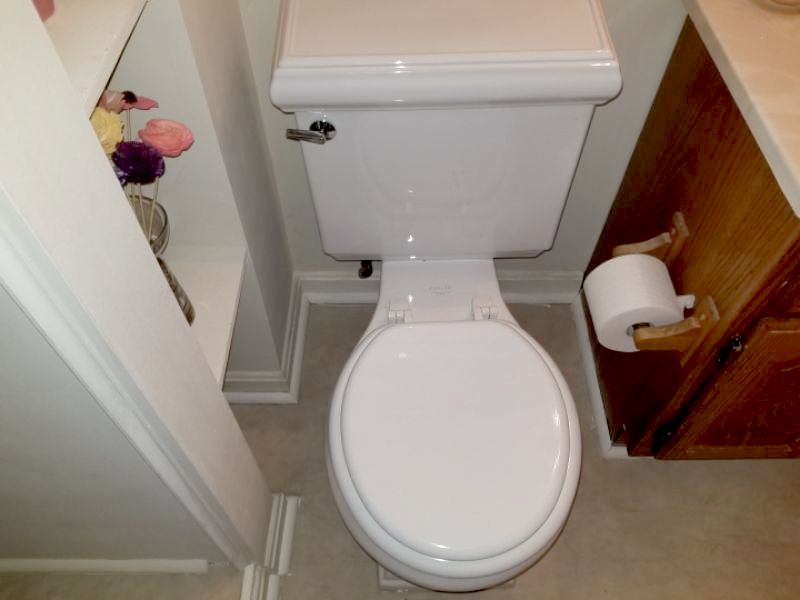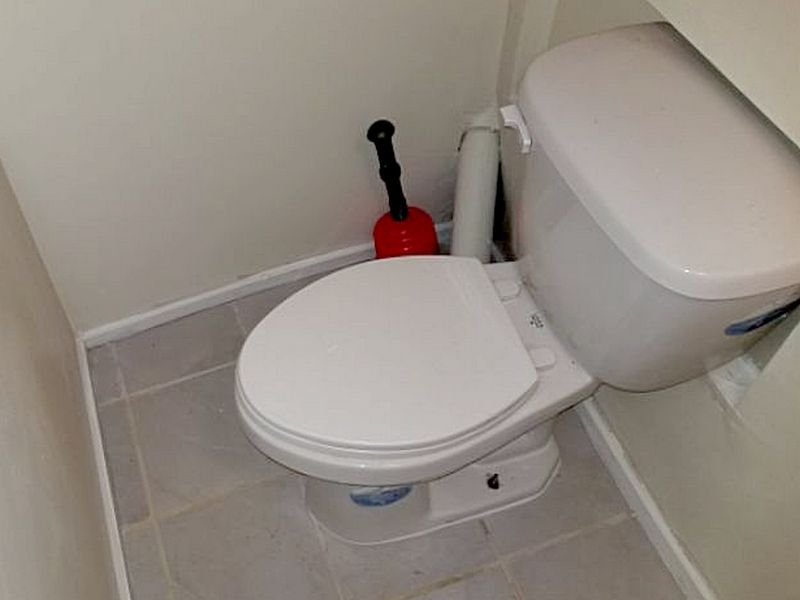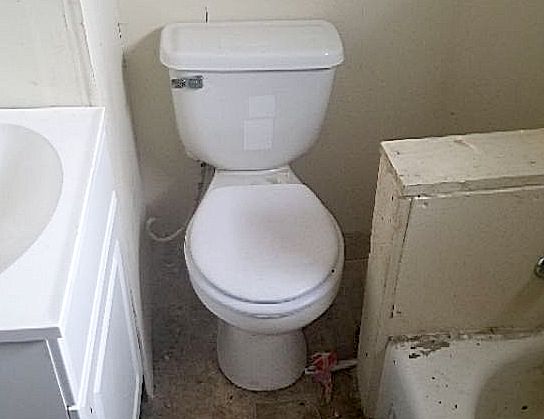From most outward appearances, toilets have not changed much in over 100 years. If the main porcelain pieces are intact, you can replace all the internal parts and it will function like new. It’s the functionality that’s evolved, primarily driven by water conservation. While it was a slow start, with those 1st low-flow toilets we all hated, a modern WC flushes well and saves a boatload of water. After all, toilets often lead the list in household water usage. However, what we inspect for are the same problems that have plagued the fixtures since they hung the first tank high on the wall.
Loose toilet bases are the #1 defect we see. Always do the “Johnny Dance” to make sure the base is firmly on the floor, and don’t forget to use your Infrared camera. Leaking flange seals can cause a great deal of damage, so make sure you check for any soft spots. Use your IR camera, your flashlight, and your hands to check for leaks at the supply and the tank connection. View the flush valve in action by lifting the tank lid when possible. A toilet should not run or “ghost”, and should empty the bowl when flushed. Check for cracks or damage, and proper clearances.
Toilet clearances:

The toilet base is loose at the floor. This permits leaks and causes water damage to surrounding areas. Re-secure the toilet to the flooring after replacing the wax ring.
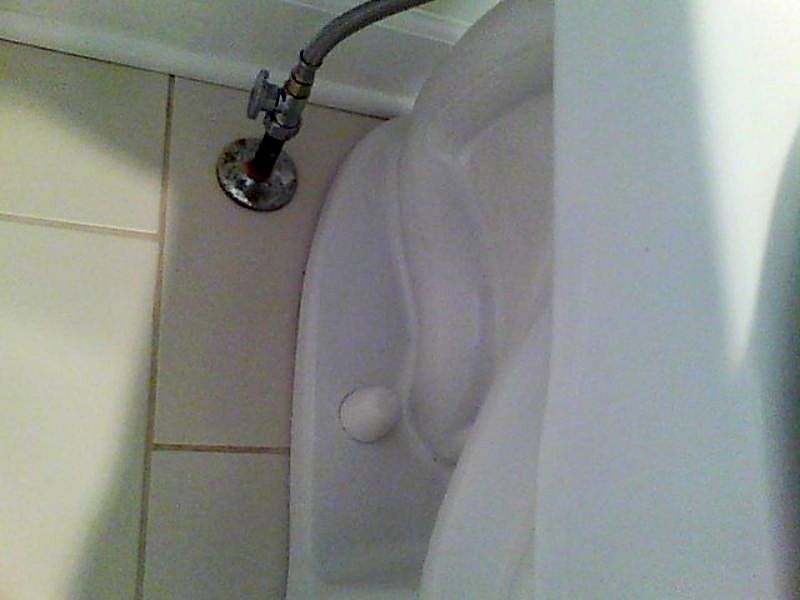
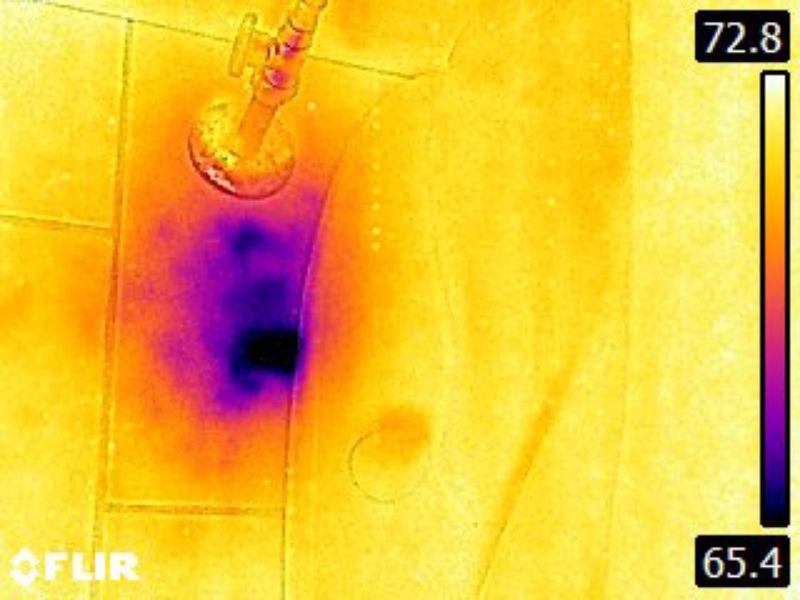
The toilet is leaking. This permits water damage to surrounding areas. Repair or replace the toilet.
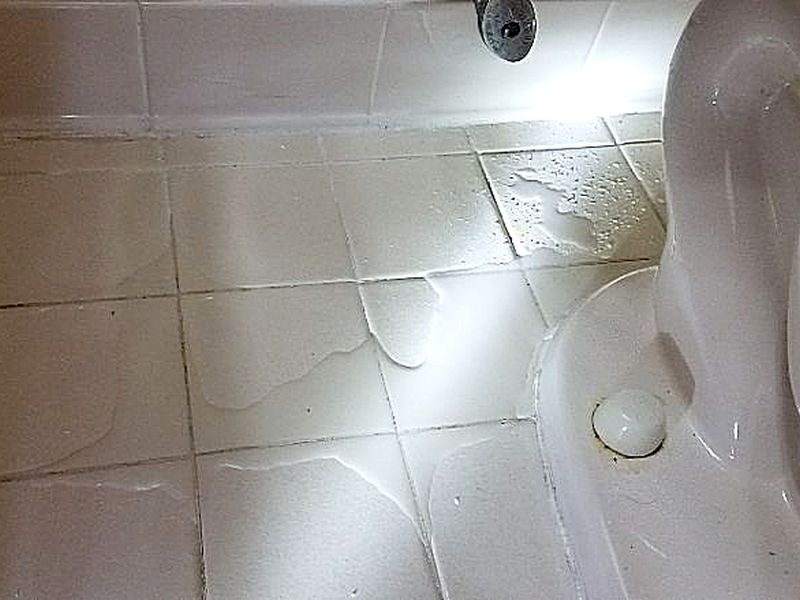
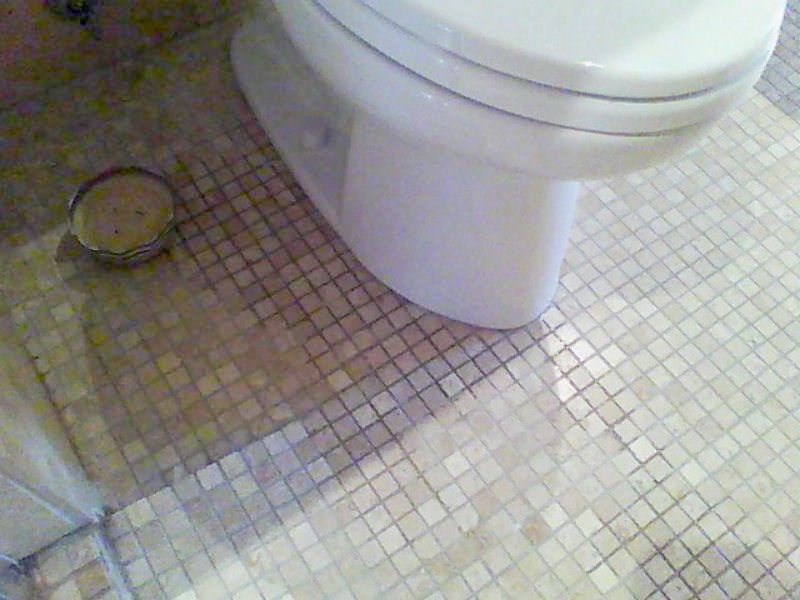
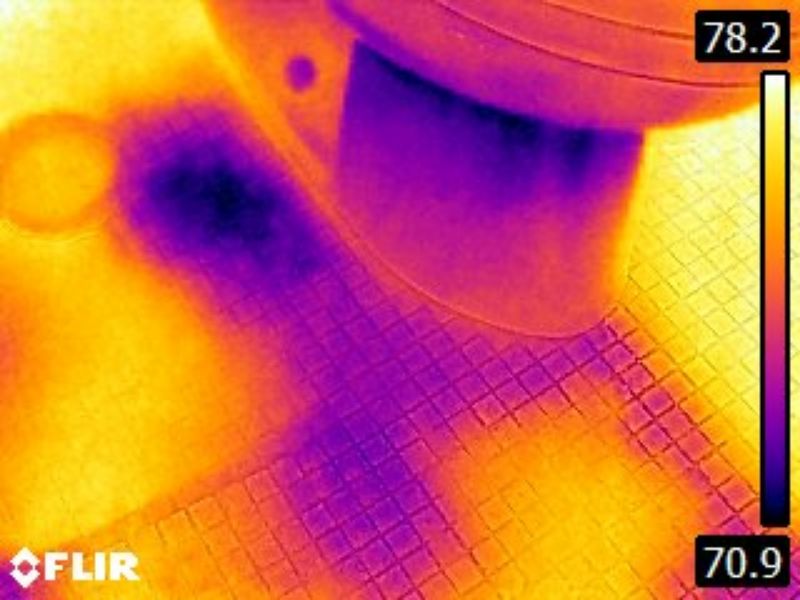
The toilet supply line is leaking. This permits water damage to surrounding areas. Repair or replace the supply line.
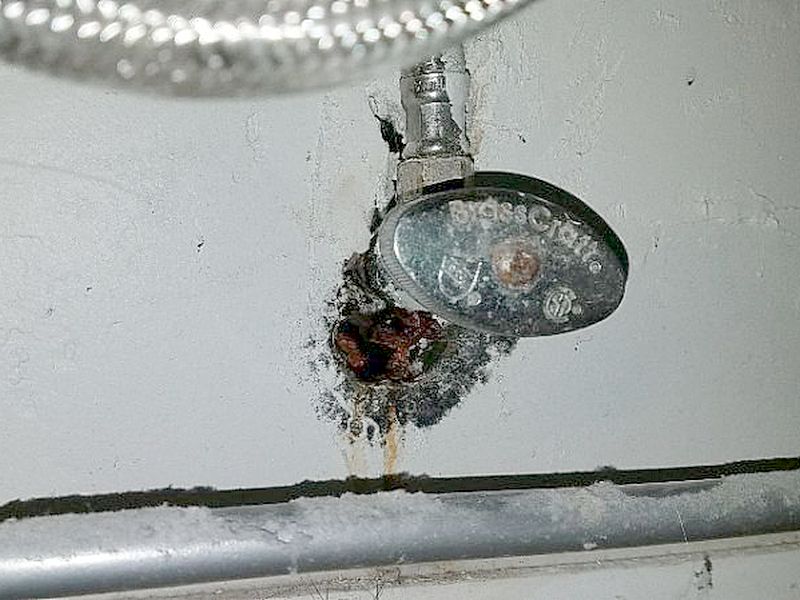
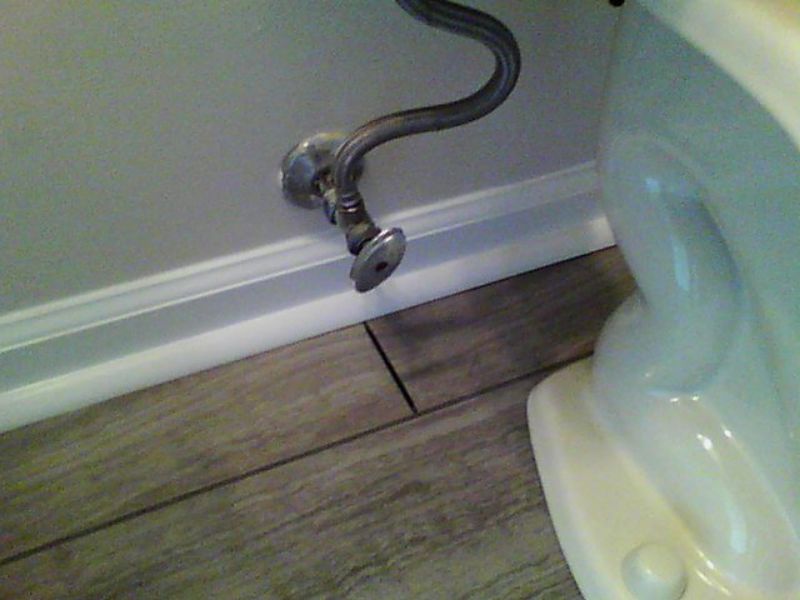
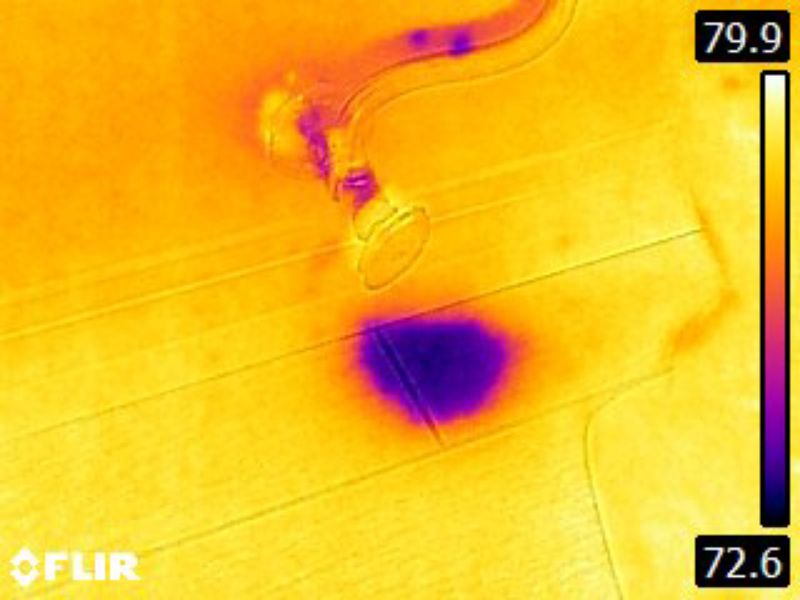
The toilet’s water supply line shut-off valve is missing. The water should be able to be turned off for servicing or in an emergency. Hire a plumber to install a shut-off valve.
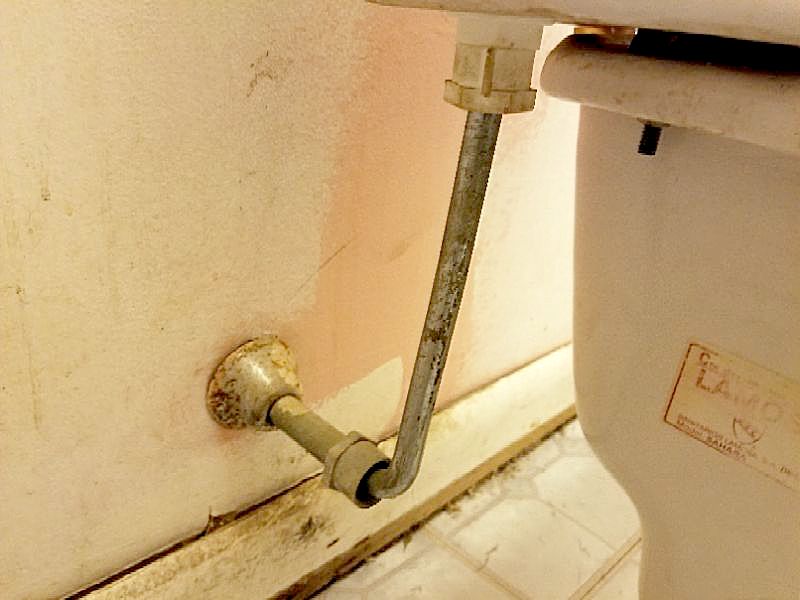
The toilet “runs” continuously or refills randomly. This indicates a defective flush valve that is allowing tank water to leak into the bowl. Repair or replace the flush valve.
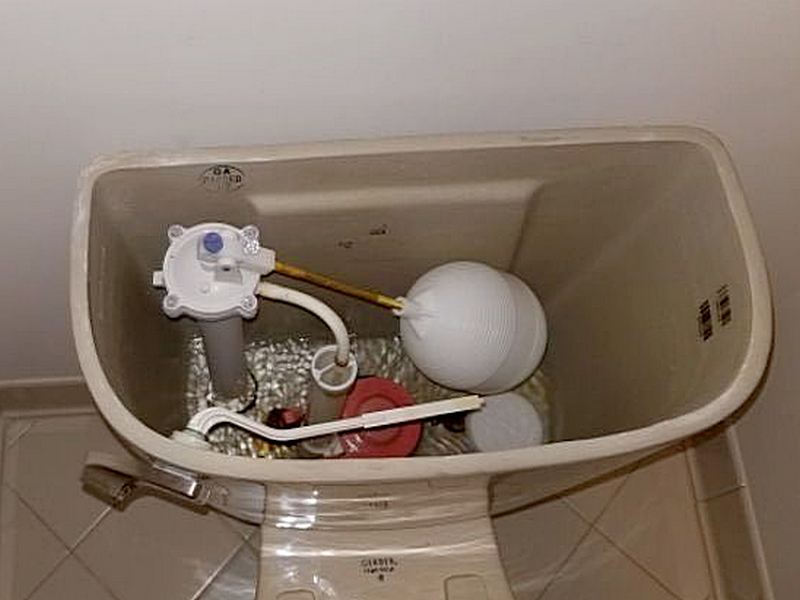
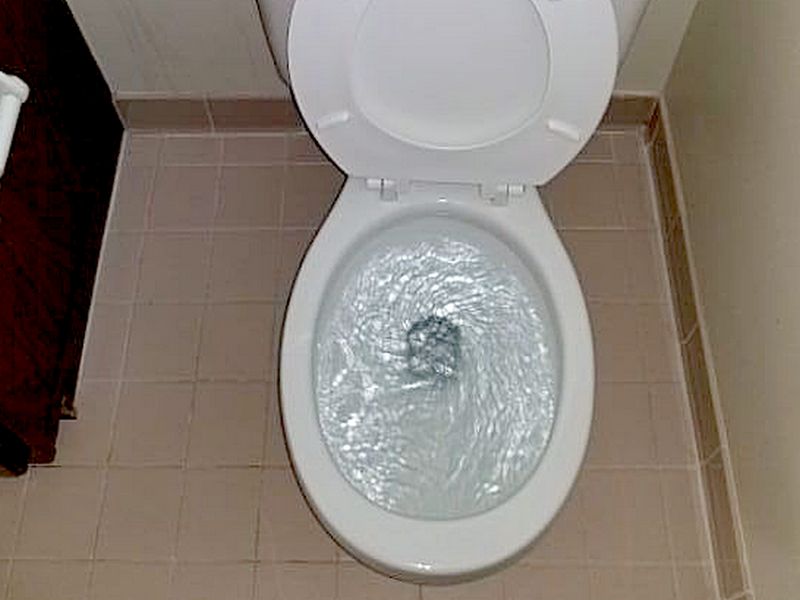
The toilet’s flush valve is inoperative. This affects proper function. Repair or replace the flush valve.
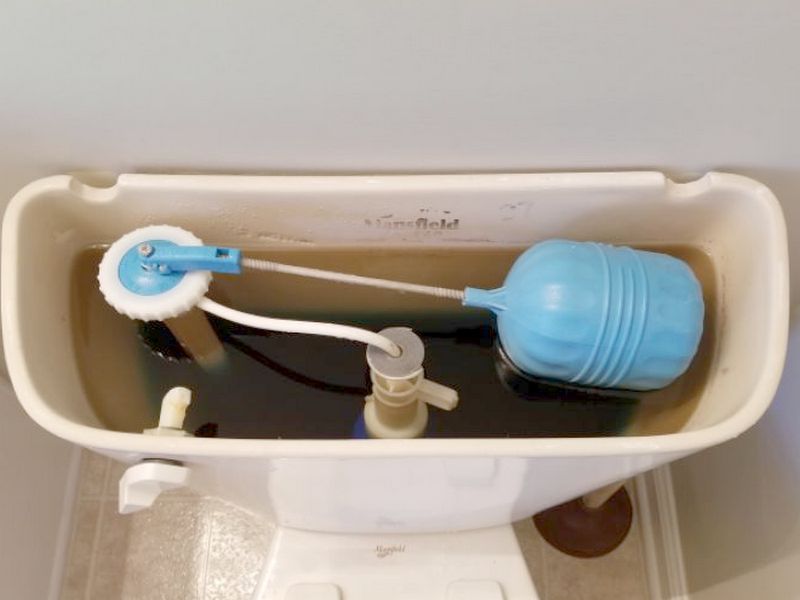
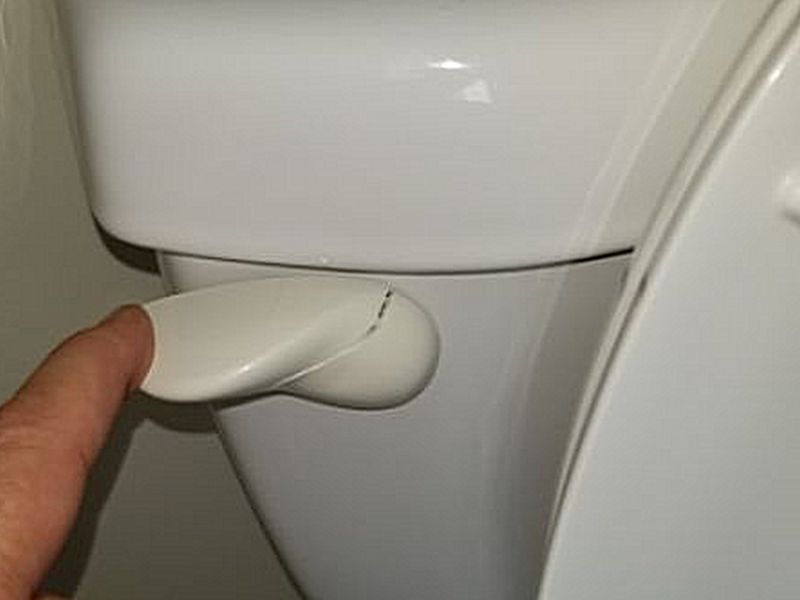
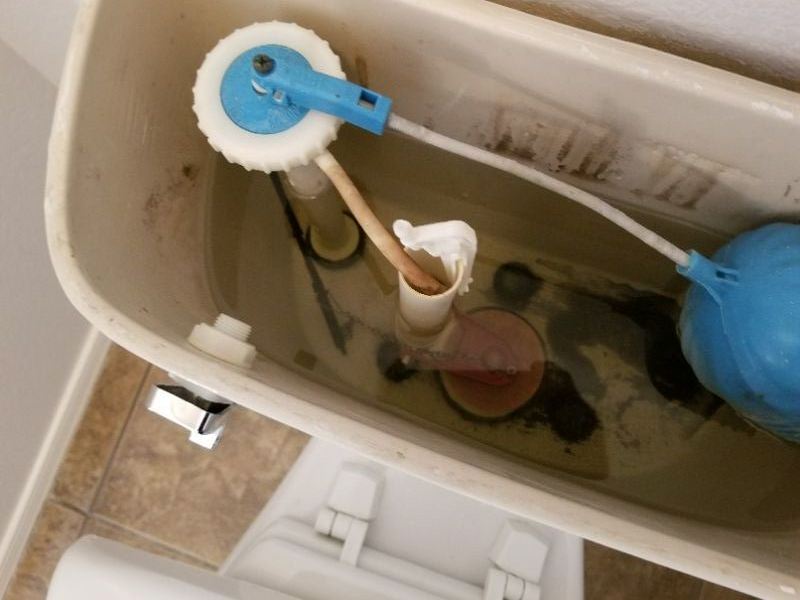
The toilet’s fill valve is inoperative. This affects proper function. Repair or replace the fill valve.
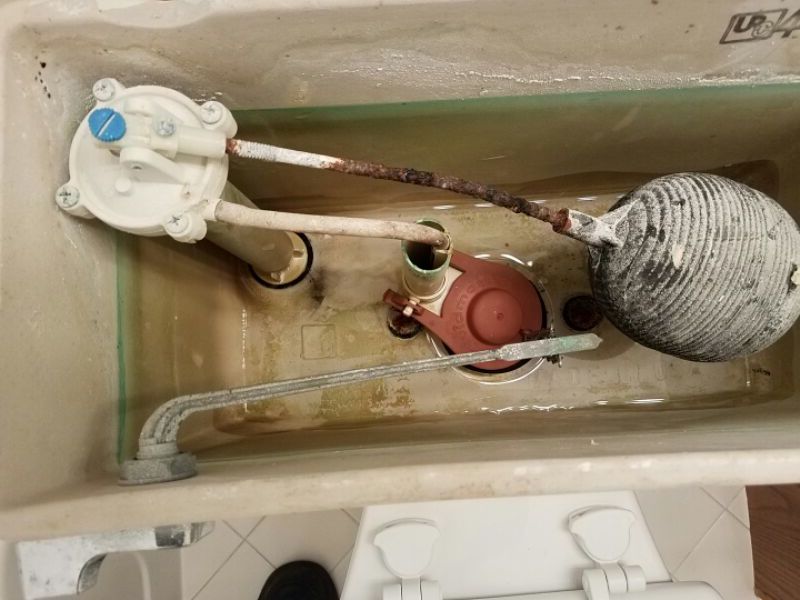
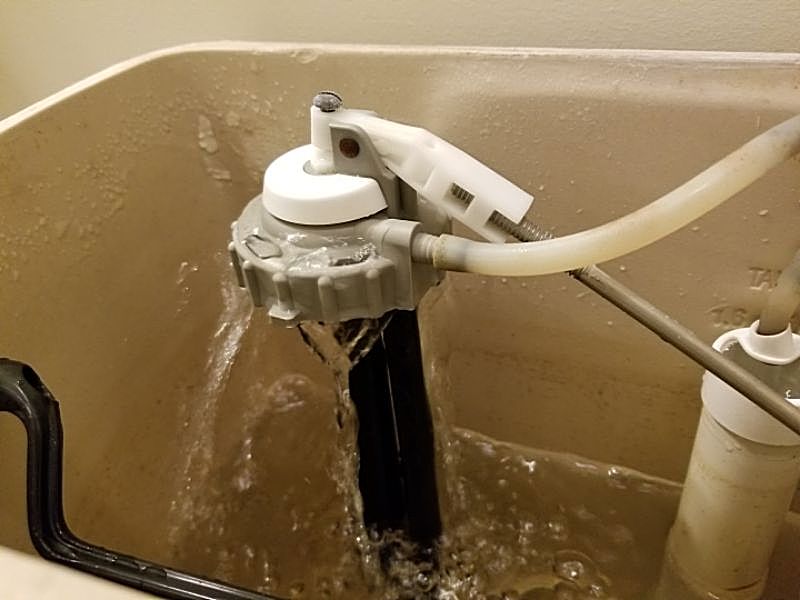
The toilet tank is leaking. This may permit water damage to surrounding areas. Hire a plumber to repair the tank.
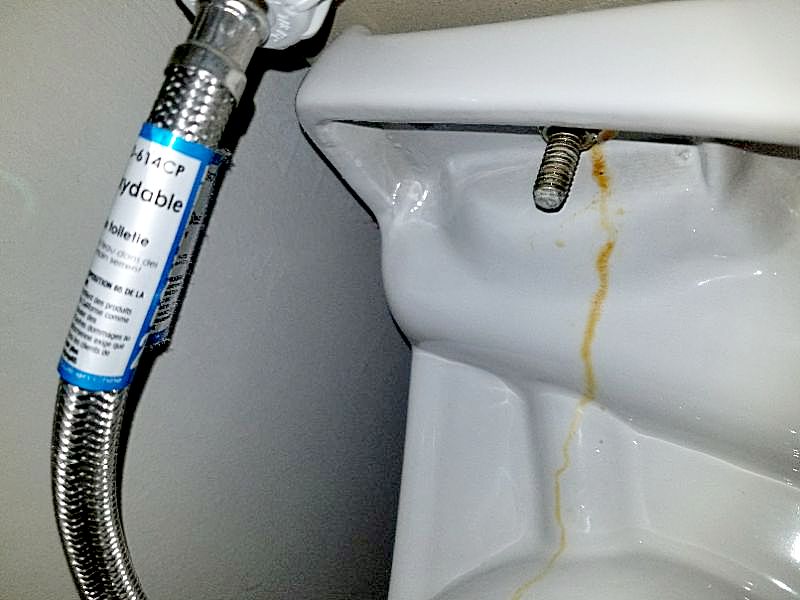
The toilet is blocked and does not drain properly. This affects proper function and may cause water damage. Hire a plumber to make the needed repairs.
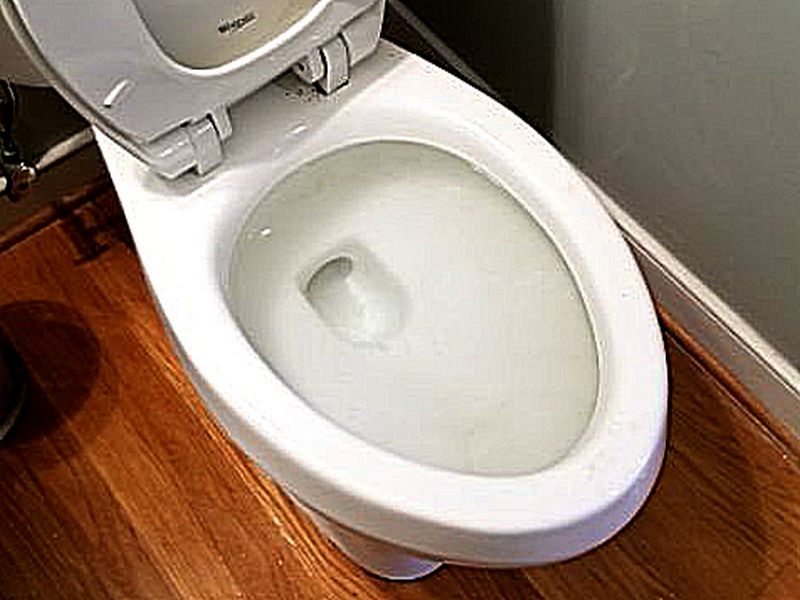
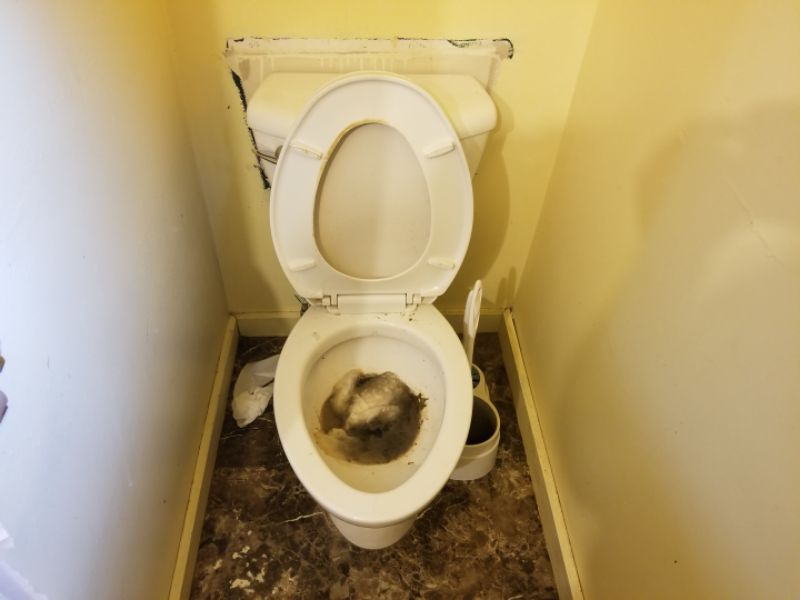
The toilet is cracked. This may permit water damaged to surrounding areas. Replace the toilet.
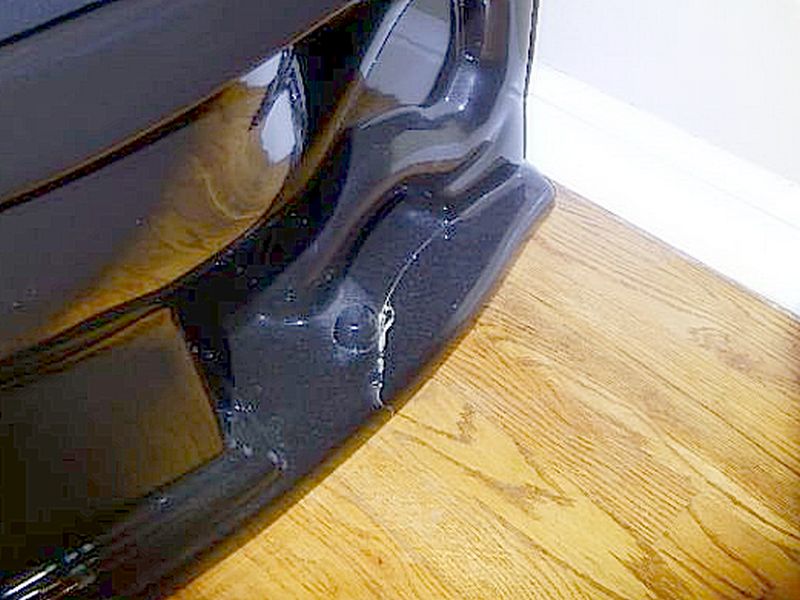
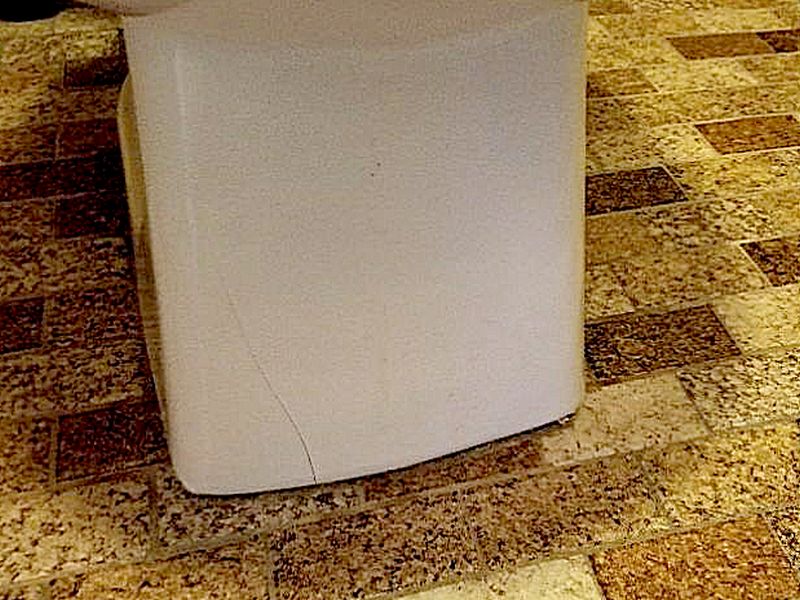
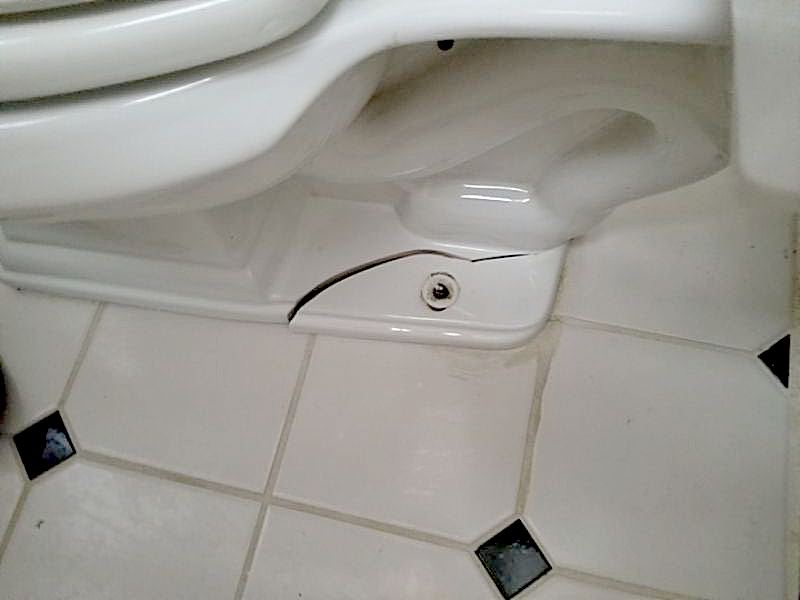
The clearances around the toilet do not meet standard installation practices. This is a safety issue. Hire a contractor for an evaluation and to make any needed repairs.
